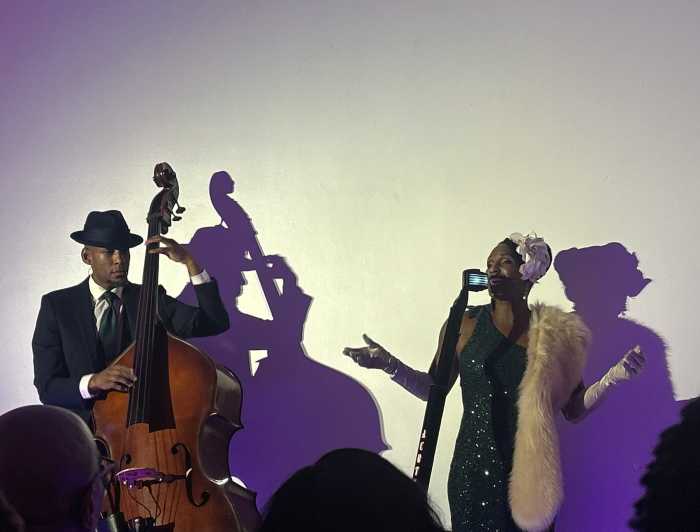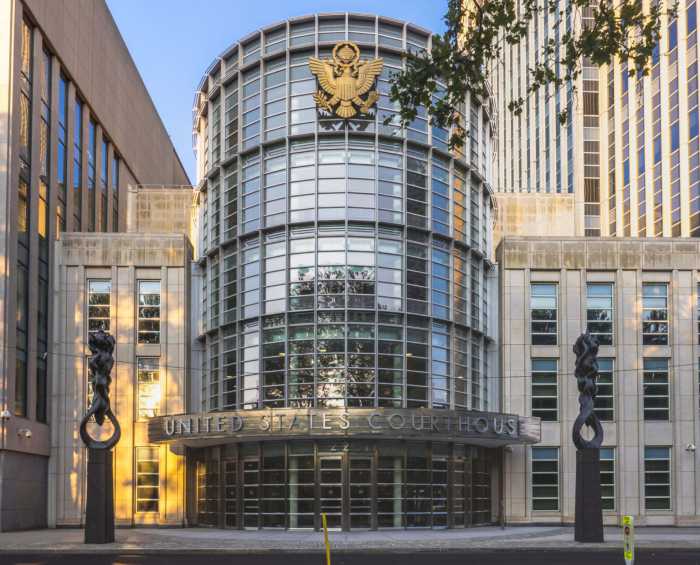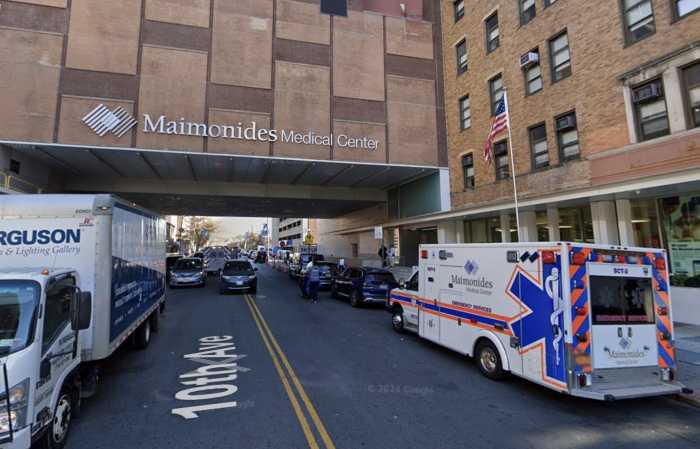
Khadim Seck was steadily, if slowly, pedaling untroubled towards his American Dream, until mid January – when a roadblock appeared in the form of our 6-foot-5 so-called progressive mayor.
Seck, 26, gives sightseeing tours through the lower and middle sections of Central Park on a pedicab. He’s not getting rich, but he makes enough to pay his rent and cover other living expenses. He’s able to send money home to support his impoverished family in Senegal and also take community college classes in the city. “There isn’t the opportunity in Senegal like there is here,” Seck, who aspires to be an accountant, said recently.
But Mayor de Blasio suddenly announced last month that the city was going to boot pedidicab operators from Central Park below 85th St. starting this summer. They only will be able to operate in the northern portion of the park, under the plan. There’s one big problem with the shift, according to several of the hundreds of pedicab operators working the park. Not a lot of tourists want to go up there. The Central Park Conservancy, the non-profit stewards of the park, has its own “signature” tour of the park. It includes stops at the Bethesda Fountain, The Mall and Literary Walk, The Bow Bridge and the Sheep Meadow. All are below 85th St. These are big draws, and fodder for mini-history lessons pedicab drivers say they provide to their riders.
The Bethesda Fountain, for example, features the “Angel of the Waters” statue, which was inspired by the Gospel of John. The fountain was erected to commemorate the 1842 opening Croton water system bringing fresh water to the burgeoning city. The picturesque mall, with one of the last remaining stands American Elm trees, is the park’s “most important horticultural feature,” according to the Conservancy. The Literary Walk features sculptures of Shakespeare and Sir Walter Scott. Overall, there are about 210 “Things to See and Do” listed by the Conservancy. The overwhelmingly majority – about 160 – are in the area from which pedicabs would be prohibited.
“There’s no business above 85th St., “ Moussa Fall, 36, also of Senegal, said. “Everyone would lose their jobs.”
You might think the mayor or his representatives would consult with pedicab operators, most of whom are immigrants looking for a foothold in America, before planning their eviction. Think again. “No one talked to us,” Fall said. “This was all done behind closed doors.” You would think the mayor and City Council would take some time to study and consider such a drastic move. Think again. A bill enacting the pedicab restriction is on the fast track.
The pedicab push somehow emerged from de Blasio’s obsession with horse-drawn carriages. He failed to win enough City Council support to entirely ban the popular tourist attraction because the main argument – the horses are not well housed and cared for by their owners – was widely discredited in a NY Daily News campaign. The mayor’s new plan is to drastically reduce the number of working horses, confine them to the park and use taxpayer money to build a stable there. Booting pedicabs from much of the park somehow is needed to strike a “balance” of park users, the mayor has claimed.
By the way, both scenarios – banning or sharply curbing the carriage industry – involve the carriage industry vacating West Side buildings that are located on what has become very valuable real estate. It’s like a Scooby Doo episode without a ghost or a monster. (It’s always about real estate). But this isn’t a cartoon. The bill is scheduled for a vote by the City Council Friday. There’s another item on the Council’s agenda – voting to give members fat pay raises of more than 30%.
“I can’t believe this is happening in America,” Ibrahim Barrie, a pedicab operator for eight years who fled civil war in Sierra Leone, said.







